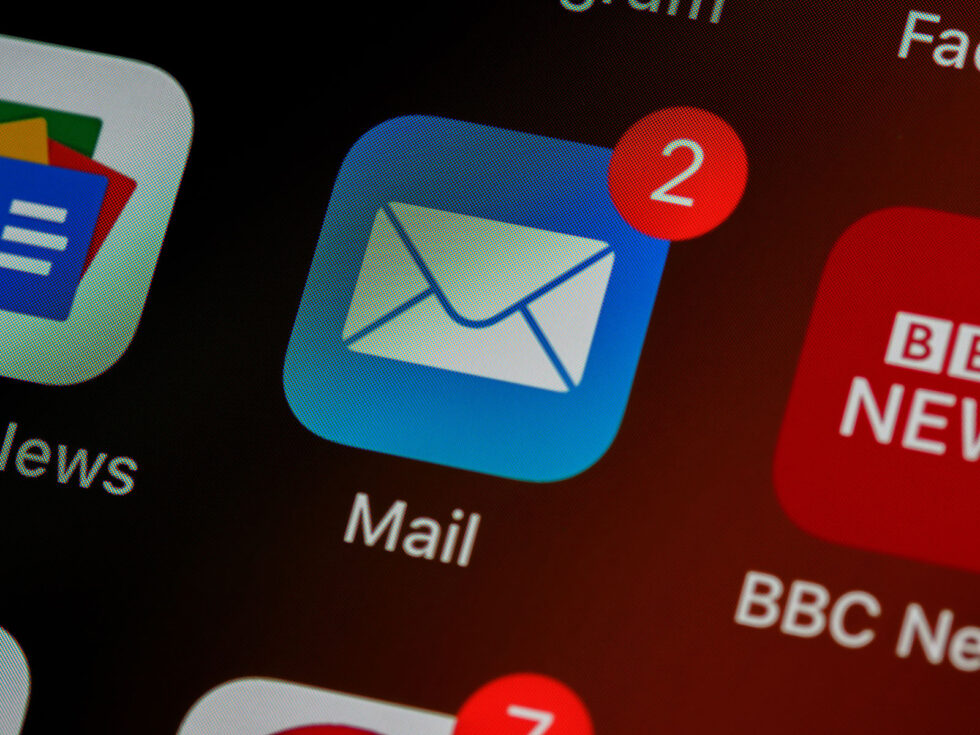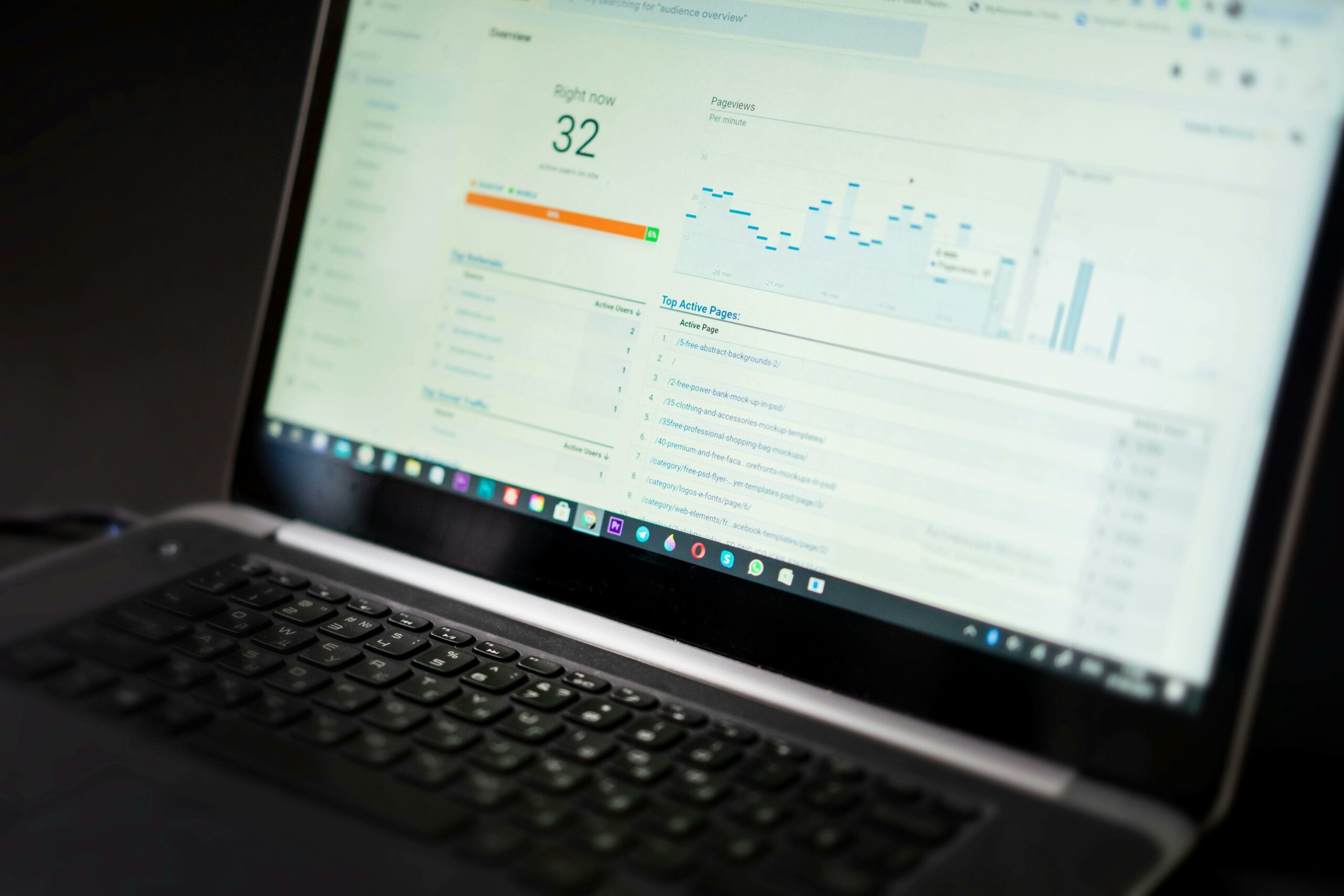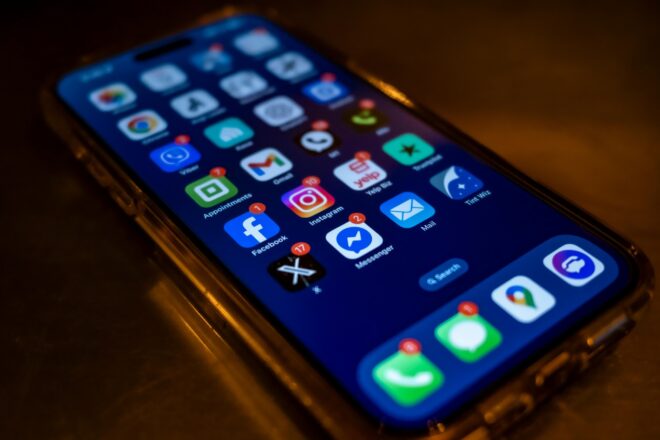Why Cold Emails Fail and What to Do About It
Cold emails and LinkedIn messaging have become popular tools for reaching out to potential clients and business partners. But while they can be effective, they’re also often the source of frustration and annoyance for recipients. In this article, we’ll take a humorous look at everything that’s wrong with cold emails and LinkedIn messaging. We will explore some tips for making them more effective.

Photo by Brett Jordan on Unsplash
The problems with cold emails and LinkedIn messages
We’ve all been there – you open your inbox or LinkedIn messages, only to find a barrage of messages from people you don’t know, trying to sell you something or pitch you on their services. So let’s look at some problems with cold email and LinkedIn messaging.
Problem #1: The messages are often impersonal.
Let’s face it – most cold emails and LinkedIn messages are templates that have been copied and pasted. Recipients can tell when they’re just part of a mass mailing, and it doesn’t make them feel valued or important.
Problem #2: The messages often lack context.
When you receive a cold email or LinkedIn message out of the blue, it can be hard to understand why the person is reaching out to you. It’s important to provide some context for your message and explain why you think your services or products might be relevant to the recipient.
Problem #3: The messages can come across as pushy.
No one likes feeling like they’re being sold to, and cold email and LinkedIn messages can often come across as pushy or aggressive. It’s important to approach these messages with a softer touch and make it clear that you’re genuinely interested in building a relationship, not just making a sale.
Problem #4: The messages can be spammy.
Let’s be real – most of us have received a cold email or LinkedIn message that feels more like spam than anything else. It’s important to avoid using spammy tactics like clickbait subject lines or overly promotional language.
The Solution:
You’ll find you have a lot more success if you…
Tip #1: Research your recipients.
Before reaching out to someone, take the time to research them and learn more about their company and their needs. This will help you craft a more personalized message addressing their pain points.
Tip #2: Add value.
Don’t just focus on what you want from the recipient – focus on what you can offer them. Whether sharing valuable industry insights or offering a free product trial, find ways to add value to your message.
Tip #3: Be personal and authentic.
Avoid using generic templates or overly promotional language. Instead, craft personalized messages that show you’ve done your homework and are genuinely interested in building a relationship.
Tip #4: Provide context.
Make it clear why you’re reaching out to the recipient and how your services or products might be relevant to them. This will help them see the value in what you’re offering.
Tip #5: Be patient.
Building relationships takes time, so don’t be pushy or aggressive in your messages. Instead, focus on building trust and showing the recipient you’re worth doing business with.
So there you have it – everything wrong with cold email and LinkedIn messaging and some tips for making them more effective. By researching your recipients, adding value, being personal and authentic, providing context, and being patient, you can improve your chances of building meaningful relationships and making genuine connections.


